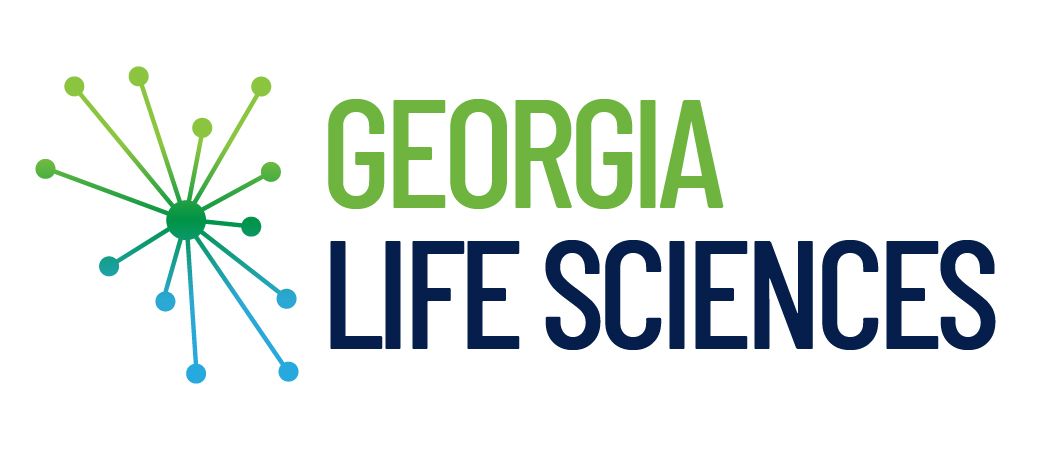Georgia Life Sciences Joins National Opposition to “Most Favored Nation” Drug Pricing Proposal Ahead of Potential Executive Order
Disclaimer: This statement was published on May 9, 2025, at 12:11 PM and is subject to change as the administration moves forward with policy decisions.
--
In a rapidly developing situation, the White House is poised to take executive action on prescription drug pricing that could significantly impact the biopharmaceutical industry.
Early next week, the president is expected to sign an executive order directing administration officials to pursue a "Most Favored Nation" initiative, which would tie U.S. government drug payments to lower prices paid abroad, according to sources familiar with the matter who were granted anonymity to discuss internal deliberations.
This executive order would bypass the legislative discussions previously reported in Congress, where Republicans on the House Energy and Commerce Committee had been considering similar measures as potential spending cuts. While the plan hasn't been finalized and could still change as officials work through specifics, the move signals the administration's intent to act quickly on drug pricing.
If enacted, the MFN policy could be paired with other proposed changes, such as increasing the 23.1% Medicaid base rebate. Reports suggest that manufacturers might be required to pay either the MFN price or the higher rebate—whichever yields the lowest cost for the government. This policy would create severe financial pressure on drug developers, particularly small and mid-size companies that are essential to Georgia’s thriving life sciences ecosystem.
Georgia is home to a growing network of biotech, pharmaceutical, and medical technology firms—many of which are advancing groundbreaking treatments for rare diseases, pediatric conditions, and underserved populations. These companies often operate with little commercial revenue and rely on a balanced, predictable pricing framework to continue investing in innovation.
In 2023, pharmaceutical companies provided $54 billion in Medicaid rebates nationally, helping keep drug spending to just 5.9% of total Medicaid expenditures. The current system works by ensuring broad patient access to medicine while enabling companies to reinvest in research and development. Drastic changes such as MFN pricing would upend this balance and threaten job creation and investment in states like Georgia.
Moreover, because Medicaid rebate amounts are tied to 340B discount calculations, the impact would extend far beyond Medicaid—further increasing costs in the already-burdened 340B program.
In response, Georgia Life Sciences has joined a coalition of more than 40 state bioscience associations, signing onto a letter from the Council of State Bioscience Associations (CSBA) opposing any MFN or foreign reference pricing schemes. The letter highlights the harm such policies would inflict on rare disease patients, pediatric populations, and emerging biotechnology companies.
“Rather than penalizing innovative companies that develop treatments for vulnerable patients, we should work together to ensure the U.S. maintains its strategic leadership in biopharmaceutical innovation and that American patients have access to the best treatments available.”
— CSBA Letter, May 2025
Georgia Life Sciences is actively monitoring the situation and preparing to advocate on behalf of Georgia’s life sciences community.




